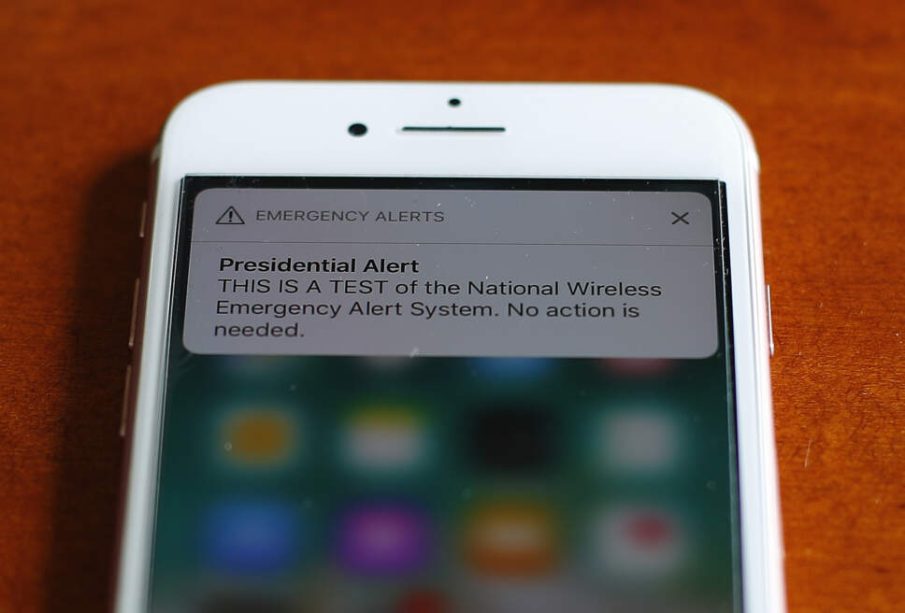The Significance of Emergency Alerts in Public Safety

Introduction
Emergency alerts are crucial tools for public safety, providing real-time notifications about imminent threats such as natural disasters, severe weather, and public safety emergencies. In the era of rapid communication and technology, ensuring the effective dissemination of these alerts has become paramount. This article explores the importance of emergency alerts and highlights recent developments in alert systems across the UK and beyond.
What are Emergency Alerts?
Emergency alerts are official messages disseminated to inform and protect the public from immediate risks. These alerts can be issued by government agencies, local authorities, and emergency services, often disseminated via various platforms such as mobile phones, television, radio broadcasts, and social media. They cover a range of emergencies, including floods, wildfires, earthquakes, and violent threats.
Recent Developments in Emergency Alert Systems
In 2023, the UK government announced significant updates to its emergency alert system, aiming to improve its reach and effectiveness. The new system is designed to ensure that alerts can reach a wider audience faster than ever before. This update includes the integration of advanced technology allowing alerts to be sent directly to mobile devices, even if they are on silent mode.
Additionally, a pilot programme in urban areas has been ongoing, allowing officials to test different methods of communication to gauge public response to emergency alerts. According to government reports, this initiative has seen a positive reception, with over 80% of test participants acknowledging the importance of timely alerts.
Challenges and Public Engagement
Despite these advancements, challenges remain. One significant hurdle is ensuring public awareness and trust in the alert system. Some citizens express concerns about alert fatigue, where too many alerts lead to desensitisation, reducing the effectiveness of critical notifications. To combat this, public education campaigns are being intensified, and officials are engaging with community leaders to emphasise the importance of each alert.
Conclusion
The significance of emergency alerts cannot be overstated, especially in a world facing increasing natural disasters and potential threats. The recent developments in the UK’s emergency alert system show promise in enhancing public safety. As technology continues to evolve, maintaining public trust and ensuring comprehensive outreach will be essential in maximising the effectiveness of these alerts. Moving forward, ongoing assessments and feedback from citizens will be crucial to refining these systems, ultimately saving lives and ensuring communities are well-informed during emergencies.









